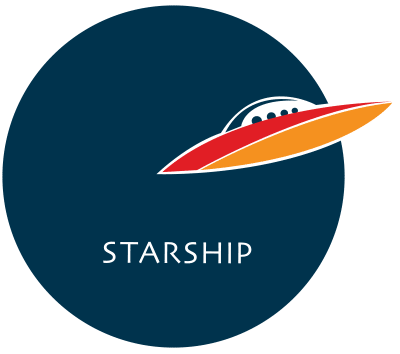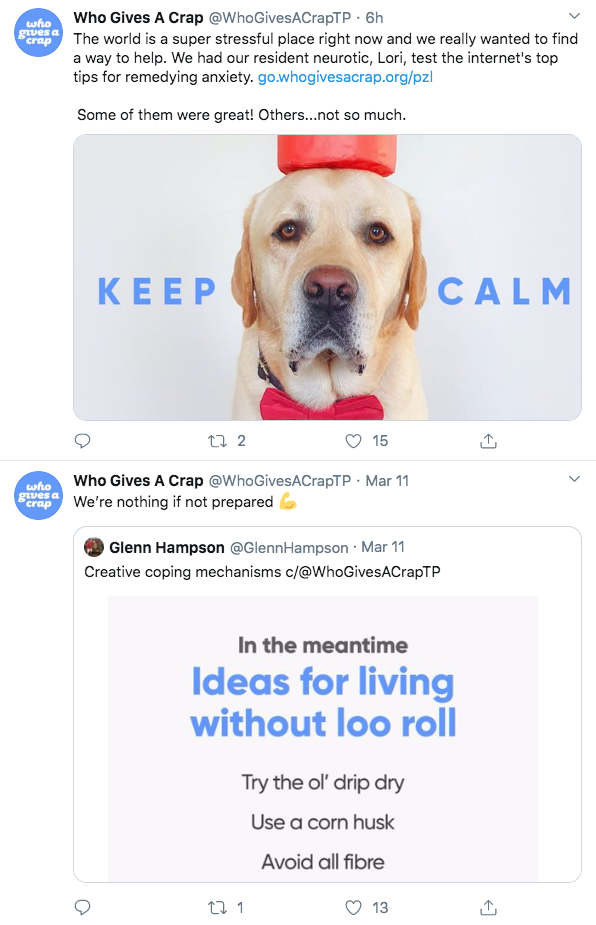Blogbook
The Budweiser Coronavirus ad praises frontline health workers through the crisis, likely one of many ads to come from brands in this vein.
The Movies that Made Us is an extensive behind the scenes look at some of the most iconic films in the world, such as Home Alone. Great nostalgia watch.
Kingdom Season 2 is out! For anyone looking for a high budget, Joseon-era zombie outbreak film. It’s a hell of a watch, especially now.
Ugly Delicious season 2 is out, for people who are practicing social distancing at home. It’s a great continuation to David Chang’s hit series. Via Eater:
A restaurant is, metaphorically speaking, a chef’s baby. It consumes their life, demanding tunnel-vision focus, round-the-clock attention, and above all, enough love and care to justify working 14-hour days. But what happens when the chef has an actual baby? The restaurant, the cooking, the singular focal point — “All of a sudden, that changes,” says chef Tom Colicchio in the Season 2 premiere of Ugly Delicious, David Chang’s hit documentary series about food and culture. “You have something else that you’re responsible for.”
The Covid19 campaign by the World Health Organisation has rolled out across digital, video, and social media platforms. Check it out. You can also look at the WHO website here.
Robot Writers could change the internet — they’ve become a lot better at mimicking our language, writing long passages of original text. Via YouTube:
Language models like GPT-2, Grover, and CTRL create text passages that seem written by someone fluent in the language, but not in the truth. That AI field, Natural Language Processing (NLP), didn’t exactly set out to create a fake news machine. Rather, it’s the byproduct of a line of research into massive pretrained language models: Machine learning programs that store vast statistical maps of how we use our language. So far, the technology’s creative uses seem to outnumber its malicious ones. But it’s not difficult to imagine how these text-fakes could cause harm, especially as these models become widely shared and deployable by anyone with basic know-how.
Jordan Fisher recreates the dance from Risky Business for Domino’s, highlighting their new delivery alerts and GPS tracker. You’d think it isn’t new technology, given UberEats has been doing it for a while, but welp. Via AL:
Apparently, customers have been asking the pizza chain for exactly this type of head’s up on their cell phones, so they’re not greeting the driver en deshabille. (“We heard that from so many consumers,” Kate Trumbull, VP of advertising and Hispanic marketing at Domino’s, told a reporter from Ad Age.)
“Fisher reprises the scene from the 1983 film ‘Risky Business,’ when Cruise’s character Joel dances to ‘Old Time Rock & Roll,’ wearing little more than a pink dress shirt,” Ad Age says. “Domino’s and its agency CP&B did their best to match details from the film, even conducting a search for a house with a similar staircase for the shoot.”
Fanta has a new ad from 72andSunny celebrating “idiot” influencers behind some of the Internet’s most viral stunts and videos. Via AdAge:
The playful European campaign by 72andSunny Amsterdam, titled “In the name of play,” sets out to celebrate the real people behind “some of the most hilariously dumb videos on the internet.” They include a man who does giraffe gymnastics, a girl who specializes in snow swimming and a guy whose set-piece is wheelbarrow tricks in a skate park. There’s also a man who videos himself sliding along an icy road with a cup of coffee, and a girl who dances in big pants.
A 90-second anthem film, directed by Biscuit’s Jeff Low, dramatically showcases the hard work behind each so-called “idiot” and their real-life internet clip. Styled like a sports ad, with footage of them “training” for their stunts and speaking about the hard work, pain and injury that goes into their chosen stunt, and set to cinematic soundtrack music, the montage builds up to an ending where we see their real-life (silly) internet video footage. The campaign also includes a 60-second TV spot and several 15- second clips focusing on the individual influencers.
You might have seen people discussing Love is Blind, Netflix’s rather dystopian take on the dating show format. Haven’t heard of it? Read on. Via Vanity Fair:
Somewhere around hour six of Love Is Blind, I worried I’d lost all perspective on reality. Netflix’s smash-hit dating show begins as an easily dismissed pseudo experiment: a group of single 20- and 30-somethings, mostly straight, first get to know potential mates while lounging in individual “pods”, with a wall between them (just like in The Fantasticks!). Good looks and whatever other aesthetic concerns are out of the equation; these relationships are based on the true connection of conversation. (It does help, though, that everyone is good-looking.) Things get less theoretical and more actual when, after only a week or so, several of the couples get engaged sight unseen, only meeting face to face after the first proposal, then embarking on a fraught month of cohabitation on the way to a quickie wedding.

